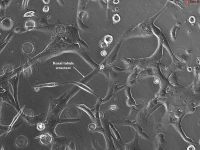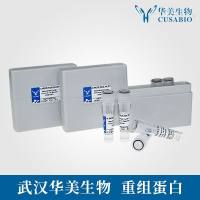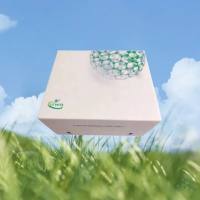Mammalian Artificial Chromosome Formation in Human Cells After Lipofection of a PAC Precursor
互联网
560
An artificial chromosome is a synthetic structure that carries three fundamental components for its long-term survival, replication, and segregation after cell division. These components are telomeres, one or more replication origins, and a centromere. The creation of such a molecule became feasible initially in the budding yeast Saccharomyces cerevisiae , where replication origins and centromeric sequences are well defined. In this organism, autonomously replicating sequences (ARS) were isolated by their ability to allow replication of plasmids carrying them. Plasmids containing an ARS element are capable of extrachromosomal replication in selective conditions but are lost if selection is removed from the culture because of unequal segregation. Introduction of a functional centromere to an ARS plasmid provides mitotic stability to the resulting yeast artificial chromosome (YAC) (reviewed by Newlon in ref. 1 ).









